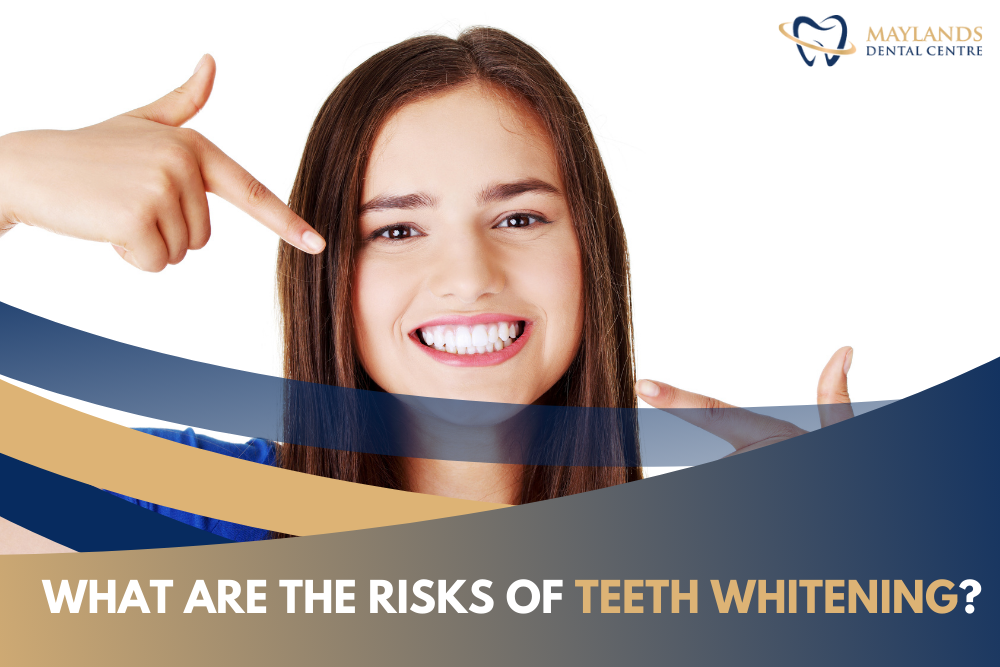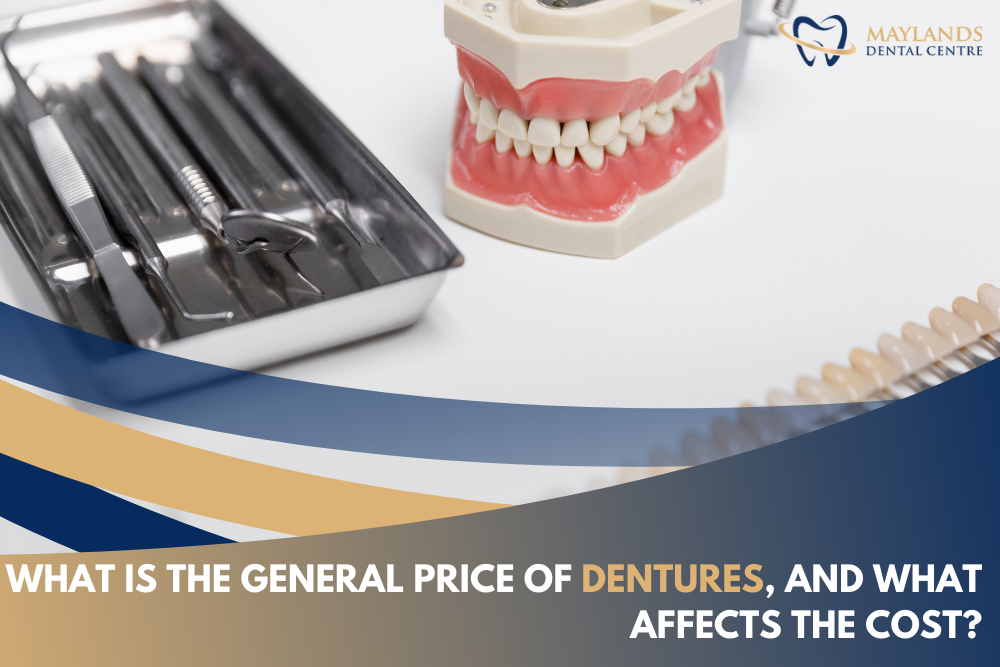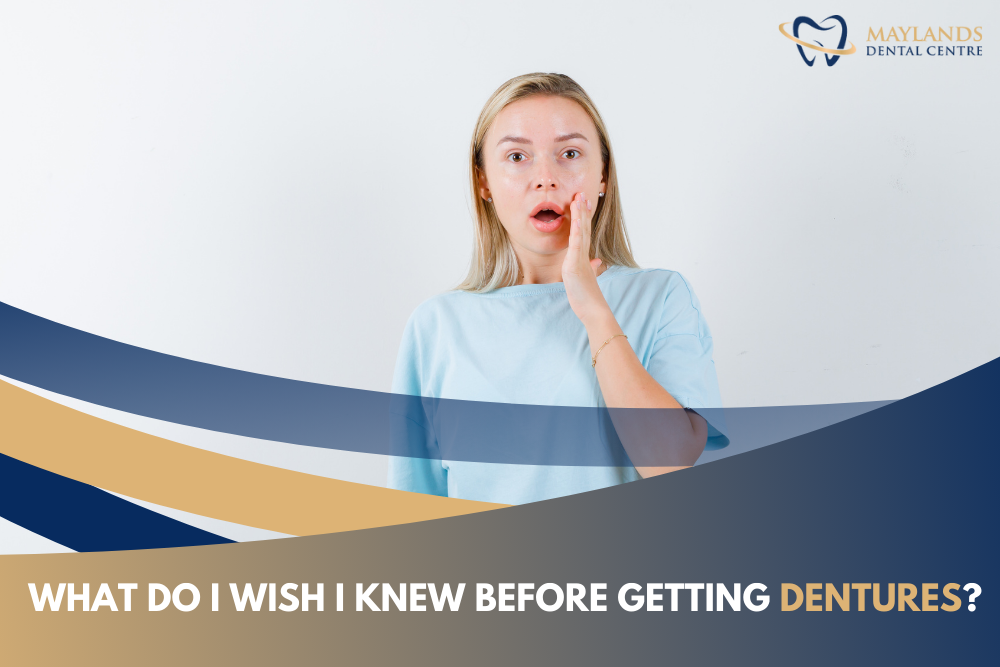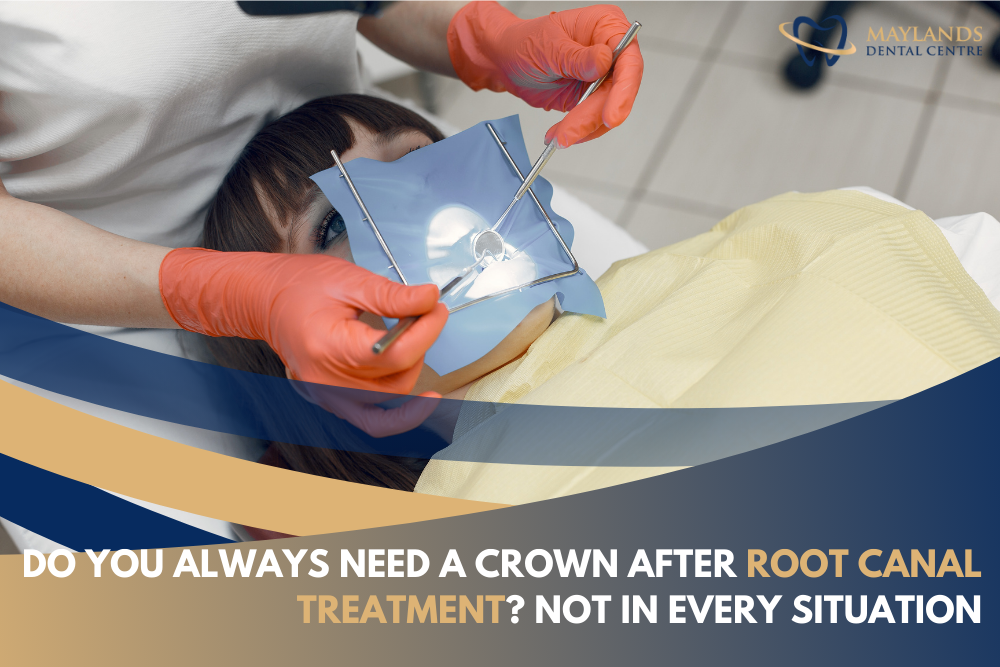Teeth whitening has become a sought-after option for individuals seeking to enhance the brightness of their smile. While appealing, it’s essential to understand the risks of teeth whitening before starting any treatment. Not all whitening methods are suitable for everyone, and outcomes can differ significantly between individuals. This article will explore the benefits and possible risks in a clear, balanced, and factual manner.
We won’t promote specific treatments, as the safety and effectiveness of treatments depend on each person’s unique dental condition. Consulting a qualified dental professional is recommended before beginning any whitening process. They can assess your oral health and determine whether whitening is appropriate for you. This information is designed to educate you and help you carefully consider the benefits and risks, based on evidence and safety.
Blog Navigation
- Summary of the Content:
- Teeth Whitening Methods Overview
- What Are the Risks of Teeth Whitening?
- Effective Professional Whitening Treatments for Naturally Yellow Teeth
- Professional Teeth Whitening vs. At-Home Teeth Whitening: Safety Considerations
- What Doesn't Work (And Why You Should Avoid It)
- Who Should Avoid Teeth Whitening Treatment
- Minimising Whitening Risks
- Final Thoughts
Summary of the Content:
- Teeth whitening may enhance the appearance of your smile when used appropriately under the guidance of a dentist. However, every method involves risks that should be considered before treatment begins.
- Professional in-chair whitening is performed by a dentist using high-strength whitening agents. The dentist protects your gums and monitors the process to reduce complications.
- Take-home kits from a dentist include custom trays and lower concentrations of whitening gel. These kits must be used as directed to reduce irritation and sensitivity.
- Over-the-counter products are available without dental supervision and may not fit properly. A poor fit can result in uneven whitening or gum exposure to the active ingredients.
- Natural whitening methods, such as baking soda or charcoal, may seem gentle, but may damage enamel over time. Their safety and effectiveness are not well-supported by dental evidence.
- All whitening options can cause side effects, such as sensitivity, gum irritation, or uneven results.
Teeth Whitening Methods Overview

Here is an overview of the four main categories of teeth whitening methods. Each method uses different agents and application techniques, and suitability varies depending on individual oral health.
- Professional In-Chair Teeth Whitening:
Dentists perform in-chair whitening using concentrated whitening agents, such as hydrogen peroxide or carbamide peroxide. The procedure involves protecting the gums and soft tissues before applying the whitening gel directly to the teeth. This treatment is completed in a single session under the supervision of a qualified dental practitioner. Pre-treatment assessments are conducted to evaluate suitability and minimise risks. - Dentist-Prescribed Take-Home Whitening Kits:
A dentist provides these kits after conducting a clinical assessment to determine whether they meet the patient’s oral health needs. They typically include custom-fitted trays and a whitening gel with lower peroxide concentrations than those used in in-chair whitening treatments. Patients apply the gel to the trays and wear them for a prescribed period each day over several days or weeks. Custom trays help limit contact between the gel and soft tissues, potentially reducing the risk of gum irritation. - Over-the-Counter Whitening Products:
Pharmacies and supermarkets offer a variety of whitening products, including strips, gels, and tray systems. These products do not involve dental supervision, and application methods vary depending on the product type. Because they are not customised, they may not fit well or evenly distribute the whitening agent across all tooth surfaces. - Natural Whitening Approaches:
Some individuals use methods such as baking soda, activated charcoal, or oil pulling to brighten their teeth. These methods do not use peroxide-based agents, and their safety and efficacy have not been conclusively established in dental literature. Natural approaches may carry risks, such as enamel abrasion or gum irritation, particularly when used frequently or improperly.
All teeth whitening methods carry risks, including tooth sensitivity, gum irritation, or uneven results. A dental professional can determine whether a whitening method is suitable based on your oral health, medical history, and treatment goals.
What Are the Risks of Teeth Whitening?
Teeth whitening treatments can improve the appearance of discoloured teeth when performed appropriately under professional supervision. However, patients need to understand the risks of teeth whitening before undergoing any treatment. Like all dental procedures, they involve risks that patients should be aware of before treatment begins. Below is a detailed overview of the documented risks associated with teeth whitening:
- Sensitive Teeth:
Tooth sensitivity is the most commonly reported side effect of teeth whitening. It often occurs due to the penetration of whitening agents into the enamel and dentine, temporarily irritating the pulp. Most cases of sensitivity subsides within 2-48 hours; however, some individuals may experience more prolonged discomfort. If sensitivity persists, it is essential to consult a dental professional, who may recommend desensitising treatments or adjustments to the whitening plan. - Gum Irritation and Chemical Burns:
Gum irritation can occur when whitening gels come into contact with the soft tissues of the mouth. High-concentration bleaching agents may cause chemical burns, which typically appear as white patches that peel or slough off. These burns can be painful but usually heal without long-term effects. The risk increases when whitening is done without professional supervision. - Enamel Surface Alterations:
Clinical studies suggest professionally supervised whitening does not cause permanent enamel damage when performed properly under dental supervision. However, overuse or improper application may lead to temporary changes in the enamel surface, such as increased roughness or porosity. This may include increased porosity or surface roughness, which in turn can make teeth more susceptible to staining or sensitivity. - Uneven Whitening Results:
Whitening treatments can produce inconsistent results, especially when applied to teeth with existing restorations, cracks, or intrinsic stains. Areas with thinner enamel, translucent edges, or pre-existing discolouration may appear differently after whitening, creating a patchy appearance. Patients with crowns, veneers, or fillings should be informed that these materials will not whiten and may result in colour mismatches. - Allergic Reactions to Whitening Agents:
Although rare, some individuals may experience allergic reactions to components in whitening gels, including peroxide-based compounds or flavouring agents. Symptoms may include itching, redness, swelling, or a burning sensation in the gums or oral mucosa. Patients with a history of allergies should discuss this with their dentist prior to treatment and may require patch testing to determine suitability.
Patients need to be fully informed of these risks before undergoing any whitening procedure. While many side effects are temporary and manageable, proper professional assessment and guidance can significantly reduce the chance and severity of complications.
Effective Professional Whitening Treatments for Naturally Yellow Teeth
Teeth whitening treatments can improve the appearance of discoloured teeth when performed appropriately under professional supervision. However, patients need to understand the risks of teeth whitening before undergoing any treatment. Like all dental procedures, they involve risks that patients should be aware of before treatment begins. Below is a detailed overview of the documented risks associated with teeth whitening:
- Sensitive Teeth:
Tooth sensitivity is the most commonly reported side effect of teeth whitening. It often occurs due to the penetration of whitening agents into the enamel and dentine, temporarily irritating the pulp. Most cases of sensitivity subsides within 2-48 hours; however, some individuals may experience more prolonged discomfort. If sensitivity persists, it is essential to consult a dental professional, who may recommend desensitising treatments or adjustments to the whitening plan. - Gum Irritation and Chemical Burns:
Gum irritation can occur when whitening gels come into contact with the soft tissues of the mouth. High-concentration bleaching agents may cause chemical burns, which typically appear as white patches that peel or slough off. These burns can be painful but usually heal without long-term effects. The risk increases when whitening is done without professional supervision. - Enamel Surface Alterations:
Clinical studies suggest professionally supervised whitening does not cause permanent enamel damage when performed properly under dental supervision. However, overuse or improper application may lead to temporary changes in the enamel surface, such as increased roughness or porosity. This may include increased porosity or surface roughness, which in turn can make teeth more susceptible to staining or sensitivity. - Uneven Whitening Results:
Whitening treatments can produce inconsistent results, especially when applied to teeth with existing restorations, cracks, or intrinsic stains. Areas with thinner enamel, translucent edges, or pre-existing discolouration may appear differently after whitening, creating a patchy appearance. Patients with crowns, veneers, or fillings should be informed that these materials will not whiten and may result in colour mismatches. - Allergic Reactions to Whitening Agents:
Although rare, some individuals may experience allergic reactions to components in whitening gels, including peroxide-based compounds or flavouring agents. Symptoms may include itching, redness, swelling, or a burning sensation in the gums or oral mucosa. Patients with a history of allergies should discuss this with their dentist prior to treatment and may require patch testing to determine suitability.
Patients need to be fully informed of these risks before undergoing any whitening procedure. While many side effects are temporary and manageable, proper professional assessment and guidance can significantly reduce the chance and severity of complications.
Professional Teeth Whitening vs. At-Home Teeth Whitening: Safety Considerations
Professional teeth whitening utilises higher-concentration bleaching agents under controlled conditions, performed by a qualified dental practitioner. Dentists apply protective covers to gums before treatment begins. Pre-treatment assessments help identify risks and help tailor appropriate whitening protocols to the individual. Immediate intervention is available if sensitivity or irritation occurs during the procedure.
At-home whitening products require precise adherence to usage instructions to reduce the risk of gum irritation. Overuse or improper application may lead to chemical burns, tooth sensitivity, or uneven results. Professionally prescribed take-home kits include custom-fitted trays and monitoring to improve safety. Regardless of the method, treatment suitability and proper technique are key to reducing complications.
What Doesn't Work (And Why You Should Avoid It)
In an effort to whiten your teeth at home, some people turn to DIY treatments like lemon juice or baking soda. However, these substances—like many acidic foods—can erode enamel over time. Over-the-counter whitening kits only remove surface stains and lack the natural whitening properties to change internal dentine colour. Research shows many online whitening products are poorly labelled, inconsistently formulated, and lack clear safety information for consumers.
Naturally yellow teeth usually result from thin enamel and visible dentine, which whitening products cannot alter. Using harsh home treatments on already thin enamel increases the risk of permanent damage and discomfort. Always consult a dental professional before starting any whitening treatment to avoid risks and help achieve effective results.
Who Should Avoid Teeth Whitening Treatment
Teeth whitening may not be suitable for everyone, especially when specific health or dental concerns are present. Below are groups who, according to dental and medical guidelines, should avoid or delay whitening for safety and effectiveness reasons:
- Pregnant and Breastfeeding Individuals:
Dental professionals recommend postponing teeth whitening during pregnancy or breastfeeding due to limited safety data on whitening agents. This precaution helps minimise risks until more evidence confirms the treatment’s safety during these sensitive periods. - Children and Adolescents:
Children and teens should avoid teeth whitening while their enamel is still developing to prevent increased sensitivity or irritation. Using whitening agents too early may lead to discomfort during and after treatment. - Patients with Gum Disease or Extensive Decay:
Individuals with unaddressed gum disease, tooth decay, or exposed roots should delay whitening until these conditions receive professional treatment. Bleaching agents can increase irritation or sensitivity when used on compromised or inflamed teeth, as well as on gum tissues. - Individuals with Worn Enamel:
Individuals with thin or eroded enamel may experience increased sensitivity or discomfort during whitening treatments. A dentist should assess suitability first. - People with Dental Restorations in the Smile Zone:
Teeth whitening does not change the colour of crowns, veneers, bridges, or composite fillings. This can lead to uneven results when restorations are visible in the smile zone. - Individuals with Allergies to Whitening Agents:
Individuals with known allergies to peroxide-based compounds should avoid whitening products, as exposure can cause adverse reactions, including tissue irritation or burns. - Patients Seeking to Address Underlying Dental Issues:
Teeth whitening products are cosmetic treatments and do not address stains caused by internal damage, trauma, or certain health conditions. In such cases, whitening may yield limited results and should only be considered after a professional dental assessment. - Those with Unrealistic Expectations:
Individuals seeking dramatic results may not be suitable candidates for teeth whitening due to variable treatment outcomes. Whitening results depend on factors such as tooth enamel thickness, the type of stain, and how closely aftercare instructions are followed.
Only a qualified dental practitioner can determine whether teeth whitening is appropriate for your specific oral health needs. A thorough dental examination and discussion of your health history are essential before beginning any whitening treatment.
Minimising Whitening Risks
Before starting any whitening treatment, a dentist must assess your oral health and identify risks, such as enamel weakness. This pre-treatment exam determines if whitening is appropriate for your oral health and tailored to your specific needs. Dentists also determine whether bleaching agents are appropriate based on existing restorations, decay, or sensitivity. Without this step, complications such as irritation or prolonged sensitivity are more likely to occur.
Following your dentist’s instructions precisely can significantly reduce whitening-related side effects and improve treatment outcomes. Avoid coffee, red wine, and smoking for 48 hours after treatment to prevent staining. Use desensitising and whitening toothpaste if recommended and maintain gentle brushing to protect enamel. If symptoms like sensitivity persist or gum irritation worsens, seek advice from your dentist immediately.
Final Thoughts
Teeth whitening can be performed safely when guided by a dental professional and tailored to individual oral health needs. The risks of teeth whitening—such as sensitivity or gum irritation—are typically manageable when proper technique and product selection are employed. Individual responses vary based on factors like enamel condition, pre-existing dental work, and application methods. Therefore, professional consultation remains important before beginning any whitening treatment plan.
Understanding the potential benefits and limitations helps patients choose the most suitable approach to cosmetic dental treatments. This content is educational and does not replace a clinical examination or personalised dental advice. If you’re considering whitening, we recommend booking a consultation with a qualified dental practitioner to assess your suitability. You may choose to speak with the team at Maylands Dental Centre for individualised guidance and professional care.


 By Maylands Dental Centre
By Maylands Dental Centre 





 General Dentistry
General Dentistry Cosmetic Dentistry
Cosmetic Dentistry Restorative Dentistry
Restorative Dentistry Dental Implants
Dental Implants Orthodontics
Orthodontics Sleep Dentistry
Sleep Dentistry Childrens Dentist
Childrens Dentist Cosmetic Procedures
Cosmetic Procedures Health Funds
Health Funds Government Schemes
Government Schemes Payment Plan Options
Payment Plan Options